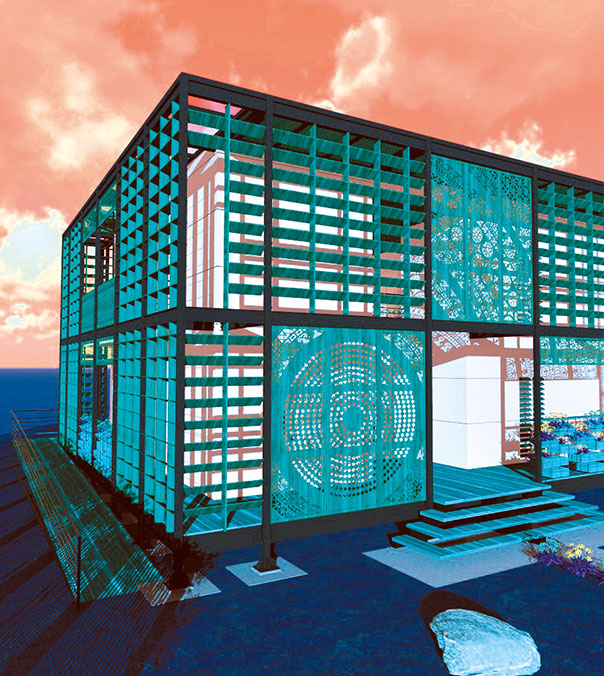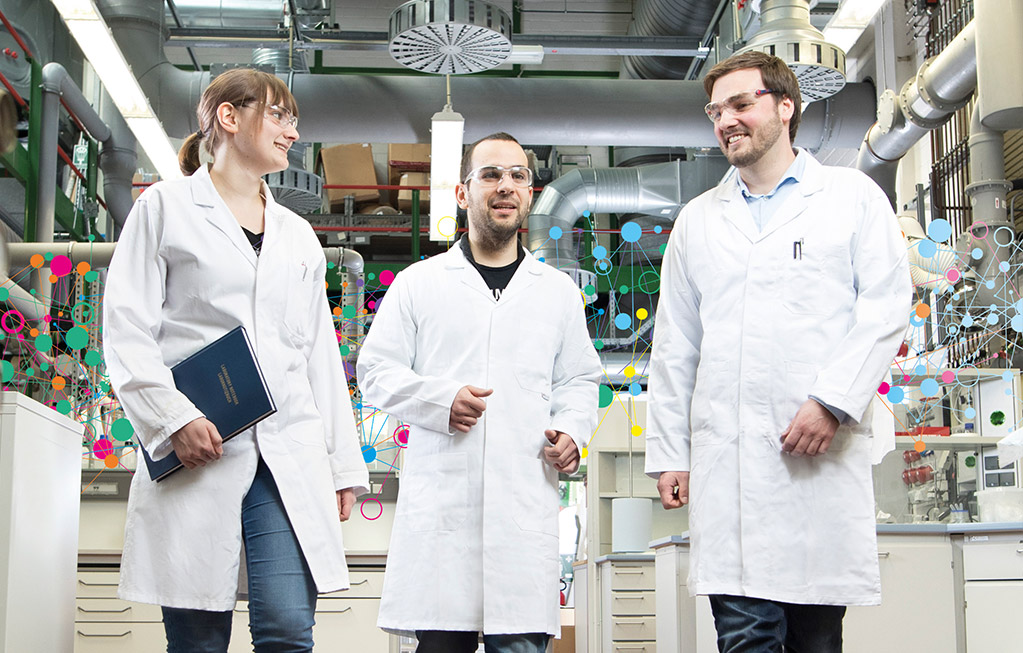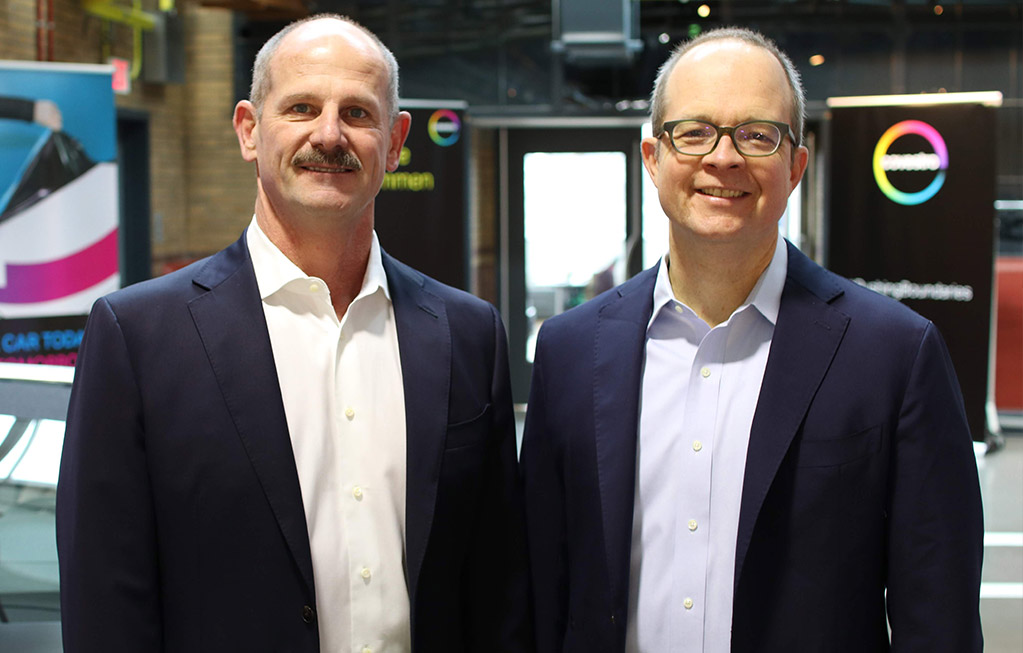UN Sustainable Development Goals
Make cities inclusive, safe, resilient and sustainable
It won’t be easy, but we can still do it! Vijay Sharma is excited. The Indian student is spending this humid summer night on a brightly lit construction site in Dezhou in northeastern China, where trucks laden with materials are slowly arriving. It’s a big relief for Vijay and his team members: They can finally begin to build the sustainable house they have designed from scratch in recent months. They have just 12 days – instead of the original 23 – to complete their task, because the construction materials have taken so long to arrive. Time is extremely tight, but giving up is not an option. On Vijay’s signal, his fellow students from the Indian Institute of Technology (IIT) get to work.
The Solar Decathlon 2018 – the “Olympics” of sustainable building and living – is responsible for their presence here in temperatures of over 40 degrees centigrade. This contest invites teams from all over the globe to submit unusual ideas for the design and construction of houses that are sustainable in every respect and draw their energy from solar power alone. The results are scrutinized closely at the judging stage of the contest, which has the purpose of finding solutions for the pressing challenges of increasing urbanization and population growth. These challenges affect countries such as India and China in particular.

Participating in the Solar Decathlon: Vijay Sharma from the Mumbai-based “Shunya” team.
Initiatives for sustainable urban development
Here, as in most of the world’s countries, the exodus from rural into urban areas is continuing steadily. According to the United Nations, over two-thirds of the global population will be living in cities by the year 2050. The sustainable design and development of urban areas and living conditions is therefore an absolute priority. The Indian government, for instance, has launched various initiatives to encourage investments in residential, infrastructure and energy projects. Its umbrella program “100 Smart Cities” aims to make cities more people-oriented and sustainable. And one of the objectives of the five-year plan in China is to ensure that by 2020, the energy efficiency of new buildings increases by one-fifth from their 2015 levels.
Sustainable urban development affects all areas of society. “Innovation in this field is possible if skills and knowledge join forces with imagination and strategic thinking and the necessary technical resources are available,” says architect Ashok Lall, who lectures at the Kamla Raheja Vidyanidhi Institute for Architecture and Environmental Studies in Mumbai, India. “We must bear environmental protection and climate change in mind in our search for solutions. Sustainable materials and production processes are important, but living must be affordable and remain so, particularly for the poorer classes.”
Buildings must be sustainable and affordable.
Ashok Lall, Design & Technology Chairman, Kamla Raheja Vidyanidhi Institute for Architecture, Mumbai
The Solar Decathlon has been supporting such ideas ever since its inception in the USA in 2002. The contest has become an annual forum for advanced concepts in the field of sustainable living and is now also held in Europe, the Middle East and China, among other regions.
But back to Dezhou, the center of the Chinese solar industry – and consequently known as China’s “Sun City”. Vijay and his team complete their work on the construction site as day dawns. They have managed to unload three trucks of materials overnight and construct the skeleton of their house in just one hour. Now they have 11 days left in which to complete the job. Vijay takes a break for a quick chat around lunchtime. “Everything that has to be done here is being done by us. We’re now familiar with at least 20 ways of building a sustainable house,” says the visibly proud 28-year-old student. “It was an exciting challenge to design a house for immediate construction that satisfies future requirements. We had to think out of the box, yet also consider the challenges of urban life in our region. The experience and support of partners such as Covestro has been invaluable.”

Architect Ashok Lall teaches Indian students how to build sustainable and affordable houses.
Covestro lends its support to two teams
Besides supporting the “Shunya” team, Covestro also helped a rival Chinese team compete in the Solar Decathlon. “Sustainable innovation is at the heart of all our activities, and we are always eager to cooperate closely with local partners,” says Isaac Emmanuel, Head of Industrial Marketing and Advocacy at Covestro in India. “We were delighted to be able to support the IIT students with money, know-how and our materials.”
Covestro products used in the “Shunya” house include insulating panels in the walls, floor and roof, and the steel frame coatings. The result is a 150-square- meter solar building that produces more energy than it uses and enables a family of six to live sustainably and in comfort.
Vijay and his team eventually managed to complete their house in 12 days, despite all the difficulties. Even if they don’t win the contest, they have pushed boundaries and shown what can be done – and that’s just the right attitude for sustainable urban development.
You will find more information on the competition on the Solar Decathlon website.



